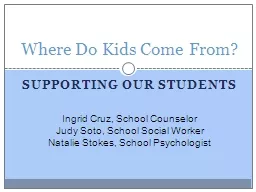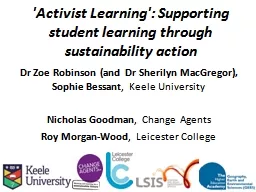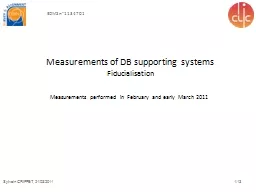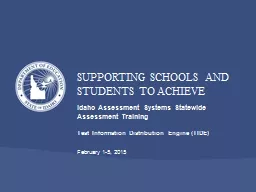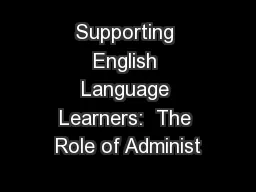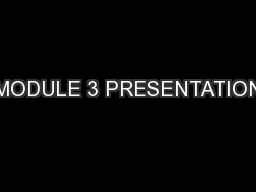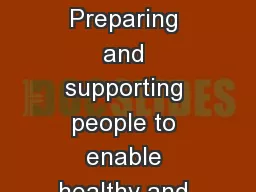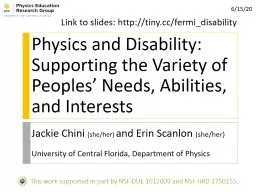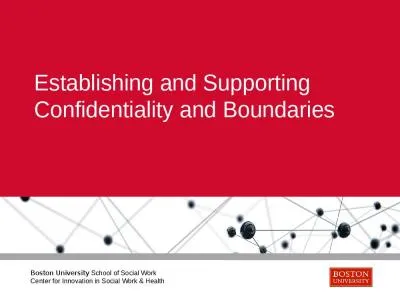PPT-Supporting our students
Author : jane-oiler | Published Date : 2016-08-06
Where Do Kids Come From Ingrid Cruz School Counselor Judy Soto School Social Worker Natalie Stokes School Psychologist Instructions Please get into groups Read
Presentation Embed Code
Download Presentation
Download Presentation The PPT/PDF document "Supporting our students" is the property of its rightful owner. Permission is granted to download and print the materials on this website for personal, non-commercial use only, and to display it on your personal computer provided you do not modify the materials and that you retain all copyright notices contained in the materials. By downloading content from our website, you accept the terms of this agreement.
Supporting our students: Transcript
Download Rules Of Document
"Supporting our students"The content belongs to its owner. You may download and print it for personal use, without modification, and keep all copyright notices. By downloading, you agree to these terms.
Related Documents

